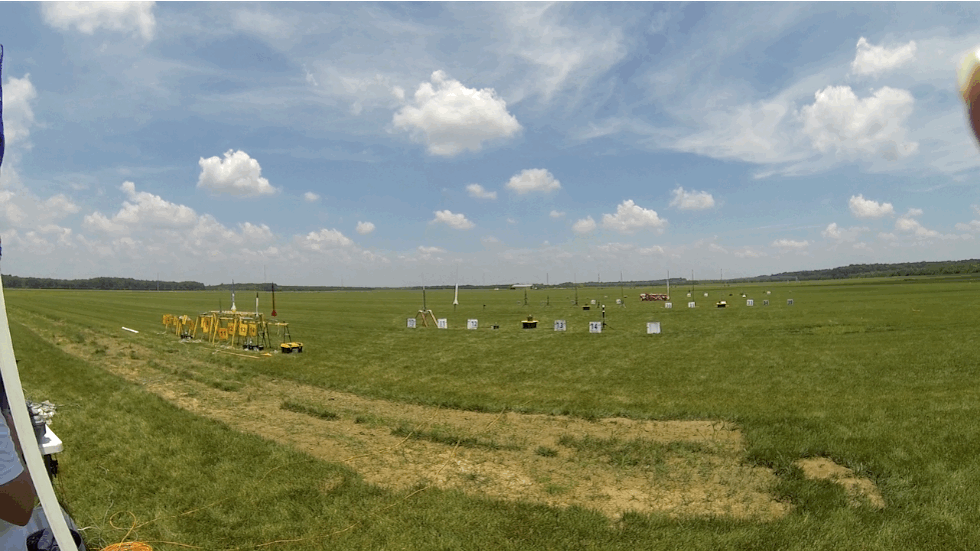First, a whine...
Today's rocketeer has an unparalleled selection of kits, motors, electronics and other accessories - we can fly higher, faster, and with more sophisticated payloads than in the past. However, despite the overall wide variety of motors, the available types of low power (13 and 18 mm) engines have diminished in number over the past three decades. I attribute this to two factors - the decline of contest rocketry, beginning in the late 70's and continuing to the present, and the rise of high power rocketry (HPR), which shifted motor development to higher impulse classes. As a result, those of us geezers who wish to clone three stagers such as the Estes Farside are forced to modify the 1st stage to 24 mm (D) power because of the loss of the high thrust B14 motors; our international contest teams have been compelled to use European motors because 13 mm B motors are no longer produced by U.S. companies. Even though the kit choices are greater, the low power rocketeer of today has to contend with a diminishing motor selection. This is likely to get worse in the future, unless some small company steps up to fill the niche. Given current government regulation, high startup cost, and the small market, I kinda doubt this will happen.
We need little motors too, ya know. Especially if you have to fly in a school yard, a back yard, or a soccer field. Not everyone has access to an hundred acre sod farm.
End whine.
I was looking over my built 13 mm rockets this weekend, and noticed that I had a few gaps in the Estes Mini-Brute line. First introduced in 1972 to take advantage of the new Estes 13 mm motors, the group featured nine rockets - the Mosquito, the Screamer, the Birdie, the Hornet, the Mini Bertha, the 2 stage Midget and Beta, the Star Blazer, and the Mini Bomarc. Of these, only the Mosquito survives in current Estes production; Odd'l Rockets makes a Birdie kit, and you can get a Mini Bomarc kit from Balsa Machining Service. The remaining six must be cloned or bought for obscenely high prices from eBay. I have 6 of the 9 in my current fleet, lacking the Mosquito, the Hornet, and the Star Blazer. With the Hen Grenade and Screaming Eagle now in primer, it is time to start another build, and I decided that would be a Mini-Brute. A quick glance at the pages in the 73 Estes catalog was enough to make the choice - the sleek, futuristic Star Blazer.
 |
| Page from Estes 1973 catalog showing the Star Blazer. |
The plans were available online at Ye Olde Rocket Plans, and, thanks to Semroc, I had the parts. I cut the fins from scrap balsa and assembled the model (sans paper cockpit) while watching "The Shadow of the Cat" on Svengoolie last night; it was a quick build. A couple of fillets, and this puppy will be ready for finishing. Here's a pic of the current status - even naked, it has a nice space fighter look. I should have it ready by Southern Thunder, assuming the weather cooperates.







